These are called radial stub; if you have a pair of them, it's bowtie, or butterfly stubs.
They indeed (at least here, as far as I can tell) fulfill a impedance matching role: Think you want to transform the impedance of some component – you can add an open or shorted stub.
Their main advantage is that by becoming wider, they can be shorter than a "straight" stub. Technically, the wider (the larger the angle), the shorter, but interaction with the transmission line that would occur at the gap between circle segment and line put a limit to that.
The fact that they are also a bit less sensitive to wavelength (i.e., have wider bandwidth) is another plus.
How are these pads designed. Is there a rule of thumb for the two parameters (which appear different for the same line) - length and angular extent?
- Length: depends on what you want to do, so there can't be a single rule.
- Angular extent: that will also depend on the effect that you want, but will be constrained by space.
Notice how the "tip" of the circular segment can't be infinitely thin; this is a factor that limits how much you could come up with an analytic formula for this. In the end, pick the narrowest line to connect your tip to the transmission line, then expect to simulate several options for length and angle, and pick the one that's closes to what you wanted.
 And it shows several pie shaped pads on the supply end of the biasing network.
And it shows several pie shaped pads on the supply end of the biasing network.